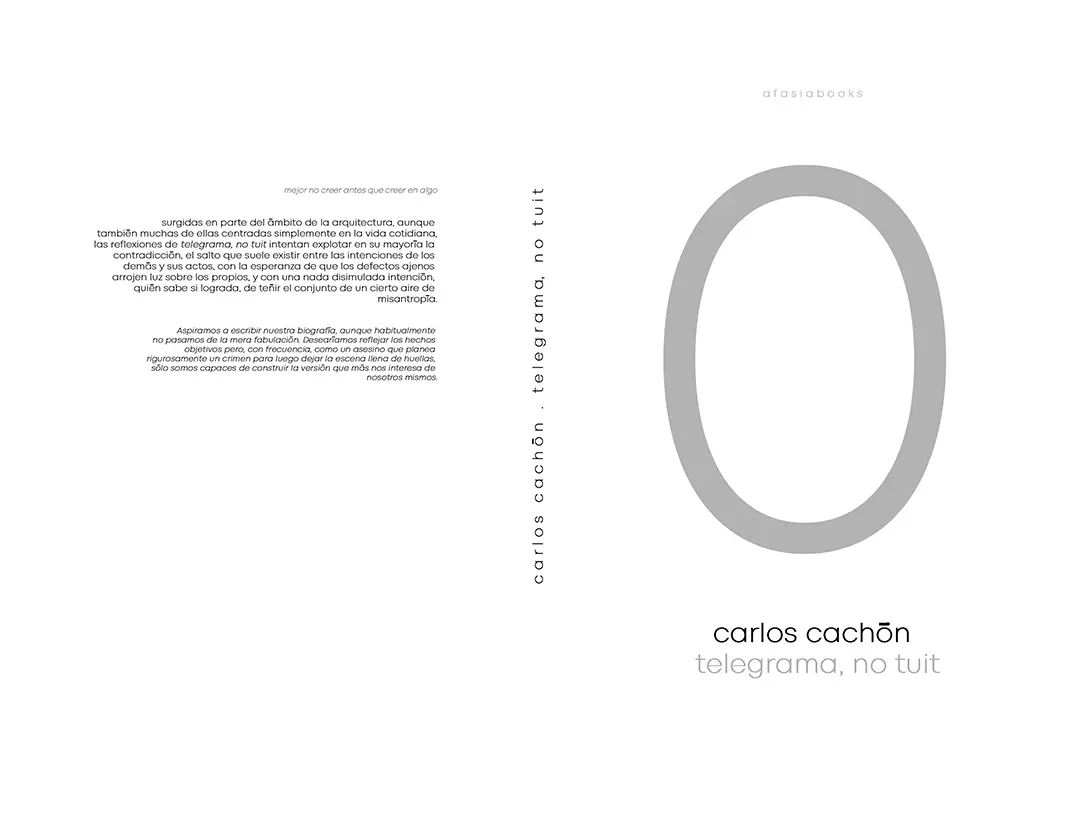
Donaire Milans Arquitectos . photos: © Montse Zamorano
The intervention at the National Theatre Museum of Almagro, the future National Museum of Performing Arts, has been an exercise in precision and respect for history; a subtle dialogue between past and present that seeks to enhance the essence of the building with minimal resources and maximum impact. Located in the former Palace of the Masters of Calatrava, the museum, laden with memory, required an update to improve its functionality without losing its identity and to allow for the expansion of its exhibition capacity.
The renovation has reinterpreted the existing spaces from a contemporary perspective, redefining the access and circulation system to make them more intuitive, open, and accessible. Elements that limited the flow of the tour have been eliminated, allowing natural light—which envelops the central stone cube through overhead openings—to regain its prominence and pass more freely through each room. The removal of the old staircases, relocated to the main communication core, has transformed the spatial perception, vertically amplifying the whole, endowing it with greater lightness and reinforcing the visual connection between levels.
The museographic project, conceived in parallel with the architectural intervention, has been sensitively adapted to the existing spaces, taking advantage of each modification to enrich the visitor experience. The new distribution of display cases and artwork generates a wide spectrum of cross-views, allowing the viewer to traverse a museum full of dynamic visual experiences, with connections at different heights and between diverse areas. In this way, architecture and museography intertwine in a play of perspectives and reflections that complements and gives meaning to the architectural intervention.
One of the most representative elements of this new relationship between architecture and exhibition narrative is the large LED screen installed in front of the tiered seating incorporated into the intervention, specifically designed to welcome visitors at the beginning of the tour. The recent history of the performing arts in Spain is projected on this audiovisual device, establishing a bridge between the living memory of the collection and contemporary technological languages.
Through precise decisions and an exercise in minimalism, the museum’s image has been updated, endowing it with a more luminous and serene atmosphere: a neutral framework where the museum’s valuable collection, carefully selected by curator Ángel Martínez Roger, and the new graphic design by Inés Atienza, take full prominence. The use of noble materials and construction solutions respectful of the original building has guaranteed the sustainability of the intervention, minimizing its impact and allowing for future updates to the museographic proposal.
The result is a more open, accessible, and inspiring museum; a renovated space that invites exploration and discovery, where the performing arts are not only narrated but staged through space, light, and technology.
_
La intervención en el Museo Nacional del Teatro de Almagro, futuro Museo Nacional de Artes Escénicas, ha sido un ejercicio de precisión y respeto por la historia; un diálogo sutil entre pasado y presente que busca potenciar la esencia del edificio con mínimos recursos y un impacto máximo. Ubicado en el antiguo Palacio de los Maestres de Calatrava, el museo, cargado de memoria, requería una actualización que mejorara su funcionalidad sin perder su identidad y permitiera ampliar su capacidad expositiva. La rehabilitación ha reinterpretado los espacios existentes desde una mirada contemporánea, redefiniendo el acceso y el sistema de circulaciones para hacerlos más intuitivos, abiertos y accesibles. Se han eliminado elementos que limitaban la fluidez del recorrido, permitiendo que la luz natural —que envuelve el cubo central de piedra a través de aperturas cenitales— recupere su protagonismo y atraviese con mayor libertad cada estancia. La supresión de las antiguas escaleras, reubicadas en el núcleo principal de comunicaciones, ha transformado la percepción espacial, amplificando verticalmente el conjunto, dotándolo de una mayor ligereza y reforzando la conexión visual entre niveles. El proyecto museográfico, concebido en paralelo a la intervención arquitectónica, se ha adaptado con sensibilidad a los espacios existentes, aprovechando cada modificación para enriquecer la experiencia del visitante. La nueva distribución de vitrinas y obra genera un amplio espectro de miradas cruzadas, permitiendo que el espectador recorra un museo lleno de experiencias visuales dinámicas, con conexiones a distintas alturas y entre ámbitos diversos. De este modo, arquitectura y museografía se entrelazan en un juego de perspectivas y reflejos que complementa y da sentido a la intervención arquitectónica. Uno de los elementos más representativos de esta nueva relación entre arquitectura y narrativa expositiva es la gran pantalla LED instalada frente al graderío incorporado en la intervención, concebido específicamente para acoger al visitante al inicio del recorrido. En este dispositivo audiovisual se proyecta la historia reciente de las artes escénicas en España, estableciendo un puente entre la memoria viva de la colección y los lenguajes tecnológicos contemporáneos. Mediante decisiones precisas y un ejercicio de mínimos, se ha actualizado la imagen del museo, dotándolo de una atmósfera más luminosa y serena: un marco neutro donde la valiosa colección del museo, cuidadosamente seleccionada por el comisario Ángel Martínez Roger, y la nueva gráfica de Inés Atienza, adquieren pleno protagonismo. El uso de materiales nobles y soluciones constructivas respetuosas con el edificio original ha garantizado la sostenibilidad de la intervención, minimizando su impacto y permitiendo futuras actualizaciones de la propuesta museográfica. El resultado es un museo más abierto, accesible e inspirador; un espacio renovado que invita a ser recorrido y descubierto, donde las artes escénicas no solo se narran, sino que se escenifican a través del espacio, la luz y la tecnología.





























